10.02.24
17.03.24
Ko Kia Ora Whaea he whakapuakitanga o te ngākau nui ki ngā wāhine e kawe nei i te onamata me te anamata, he whakapūmautanga o te wāhi waiwai ki ngā māmā i te hauora o te katoa.
Waihoki, he maharatanga ki ngā wero huhua o te māmātanga. E toro ana ngā mahi i tēnei whakaaturanga i te oranga hinengaro kōpūtanga mai i te tirohanga Māori, ka mutu, te whakaatu i ngā pānga o te tāmitanga ki te hapūtanga taketake.
E mahara ana ēnei whakakanohitanga me ēnei whakapuakitanga o ngā wheako hapūtanga o te ringa toi ki ngā pīkautanga ā-tinana, ā-kare ā-roto, ā-hinengaro, ā-wairoa hoki o te māmā. Waihoki ka toro i ngā tirohanga auraki ki te hapūtanga taketake, ka mutu, te whai kia taketake anō, ngā mōtika ā-ao o te wahine me te hauora hapūtanga. E pupuri ana mātou i te mana o ō mātou tūpuna, o mātou tonu, ā, o ā mātou mahi.
Kia ora is not just a greeting, an acknowledgement of someone’s presence, a hello, or a thank you. More deeply, it acknowledges one’s well-being and, through that, their mana and the tapu that surrounds them. Kia ora – “be well” – is a way to say I celebrate you.
Kia Ora Whaea is an expression of affection for the wāhine that carry our pasts and futures, an affirmation of the vital role mothers play in the hauora of us all, and a recognition of the various inherent challenges of motherhood. The works in this exhibition explore maternal mental health from wāhine Māori perspectives, while substantiating the effects of colonialism on indigenous maternity.
These representations and expressions of the artists’ maternal experiences consider the physical, emotional, mental and spiritual workload we as Māori mothers carry, and explore how indigenous maternity is viewed and treated through a mainstream colonial lens, alongside convictions of reindigenisation, global women’s rights and maternal health.
We uphold the mana of our tūpuna and thus ourselves and our descendants through the sharing and normalising of our stories and our practices.
Dr Kelly Tikao – response
Kia ora Whaea is a personal story that for me captured maternity memories that textured our timeline with colonial infiltration, gagging legislation and marriages that moved us away from our hub of knowing. Using paint, cloth, fibre, symbols, domestic expression and metaphors of protest, the artists of Kia ora Whaea expressed this impact on the mental health of our wāhine. Post-natal depression is dark, dirtied by biomedical diagnoses and drugs that numbed living, however, other layers of postnatal depression are rarely unveiled. Through mothers as artists and some who have a personal relationship with postnatal depression, they have captured what it has meant to them and those they know.
Kia ora Whaea is an exhibition that requires time to sit with each piece to delve into the seams of time and take your meaning coloured by your own maternity stories and those you have observed. As wāhine Māori it is healing to express māmae and healing through art. It is a duality that reflects truth, chaos and potential, wāhine, tāne, takatāpui, tātou. I am deeply proud of the artists: Caitlin Rose Donnelly, Piupiu Maya Turei, Alix Ashworth, Vicki Marie Lenihan, Kate Stevens West, and Emma Kitson. I have had the privilege to meet, get to know and stay in contact with you as we collectively work towards sharing our birthing and parenting stories to strip back the pain, to be raw and ready to protect mana and whakapapa.
Dr Kelly Tikao
www.hākui.nz
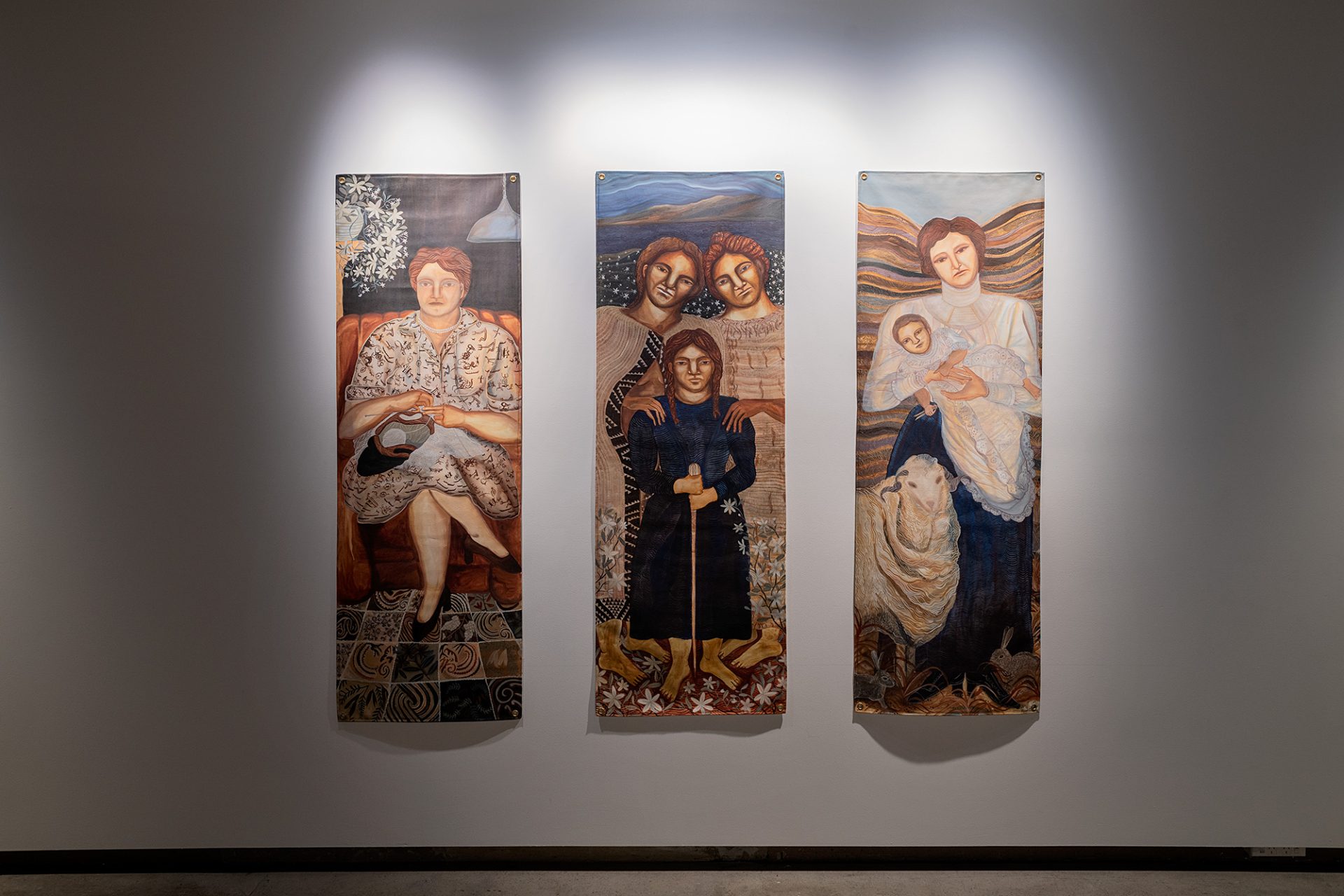
Kate Stevens West 'Sword Triptych', 2023, 'Kaeaea & Piharo (with Irihapeti)', 2023, 'Isabella (with Ivan)', 2023' Photo Credit Owen Spargo
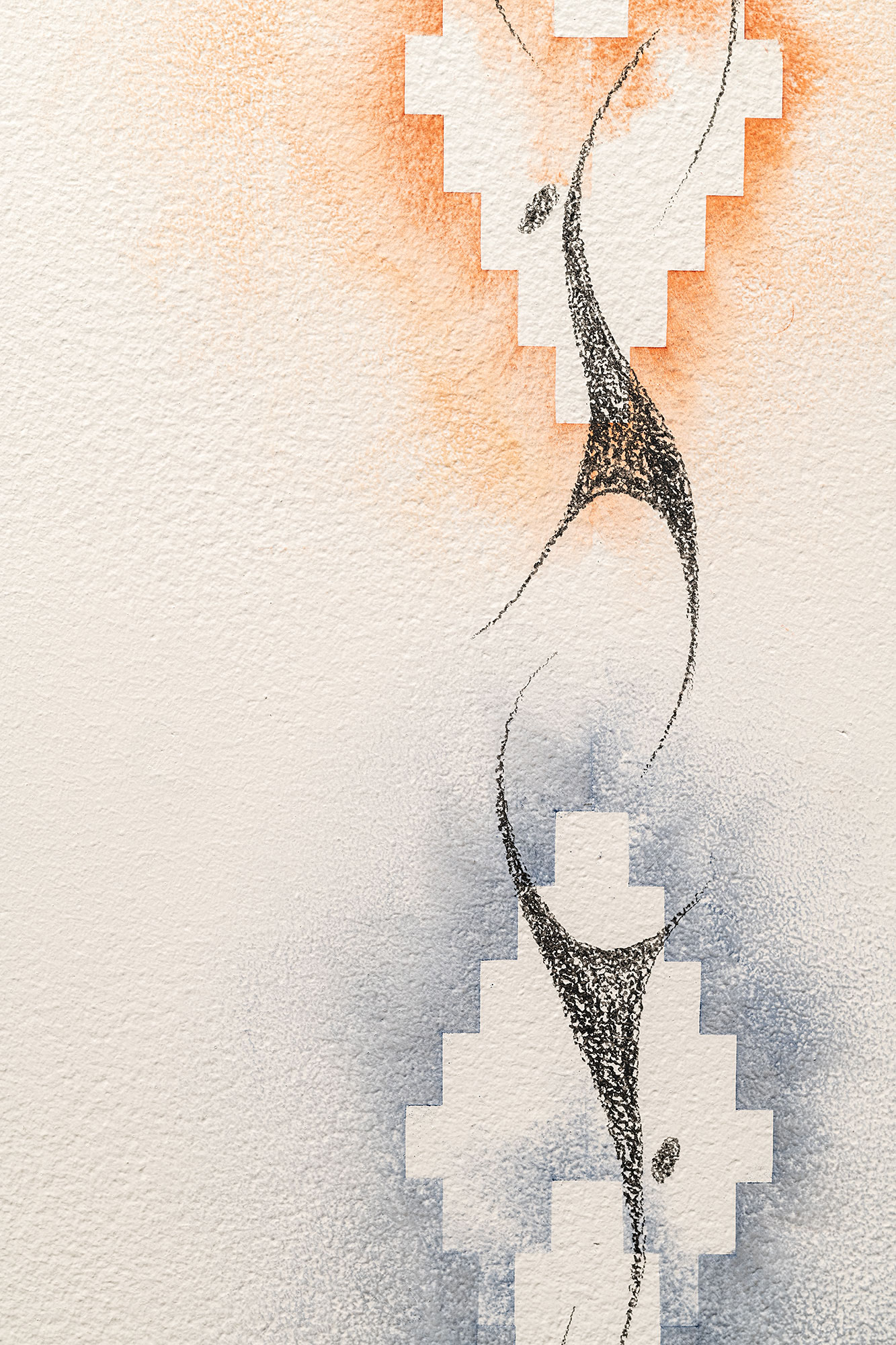
'Kōrero mai, How do we tell our kids the work is burning?', 2024, Photo Credit Owen Spargo
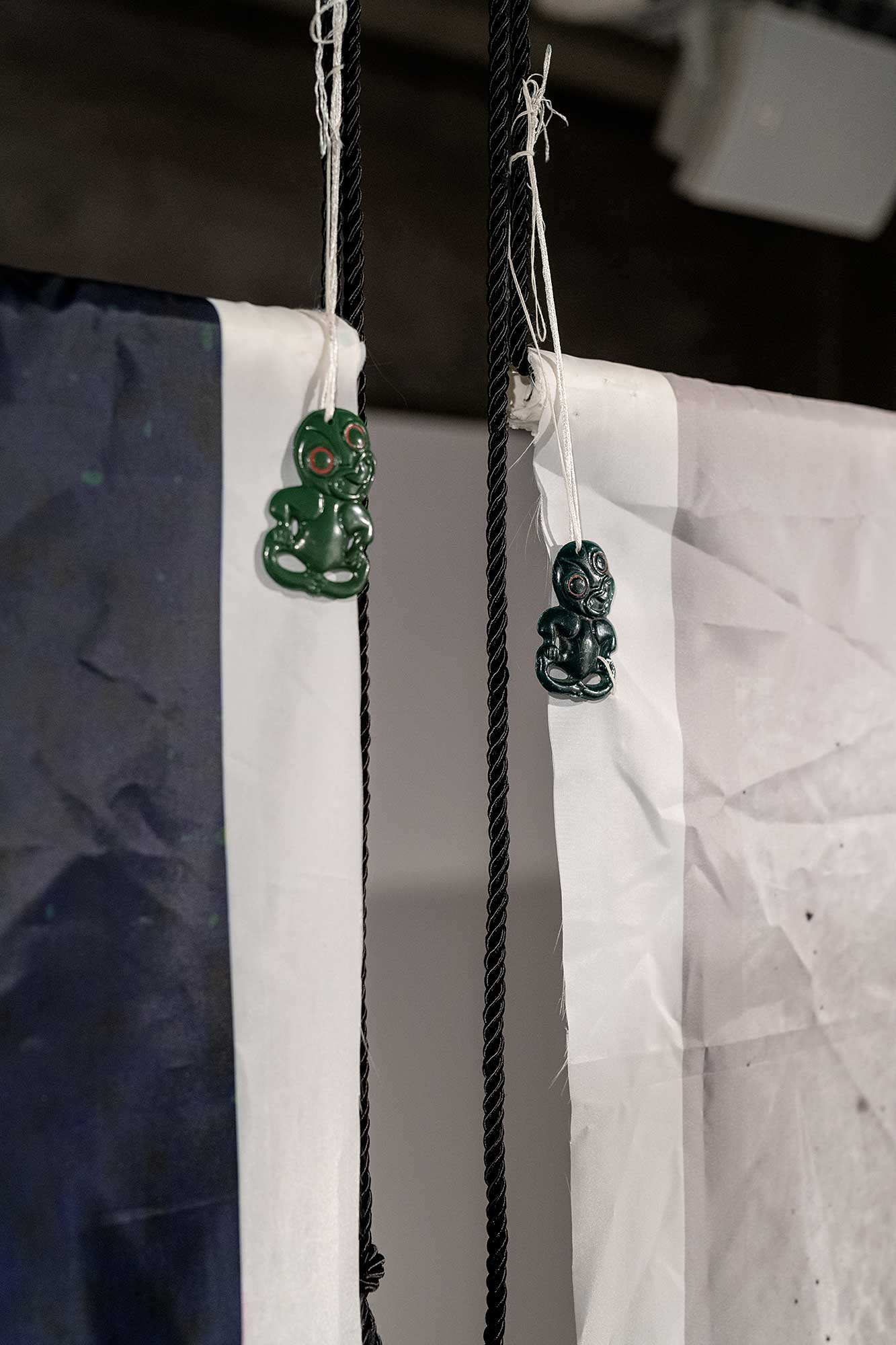
'Rangimārie', 2024 and 'Whakapono', 2024 - detail Photo Credit Owen Spargo

Kate Stevens West 'Sword Triptych', 2023 - Detail Photo Credit Owen Spargo
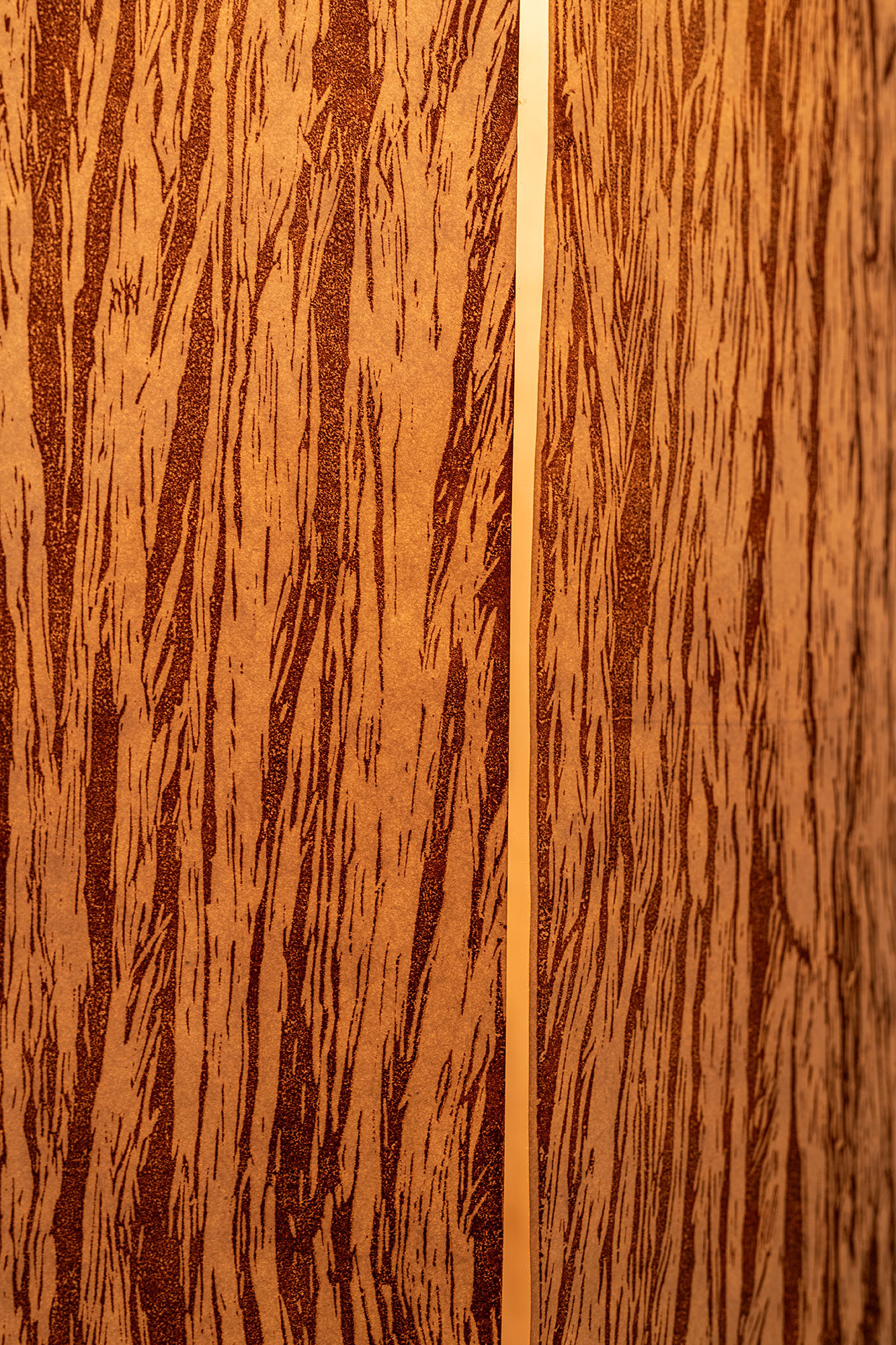
Emma Kitson, 'Maku Koe e tāwharautia', 2022 - detail, Photo Credit Owen Spargo
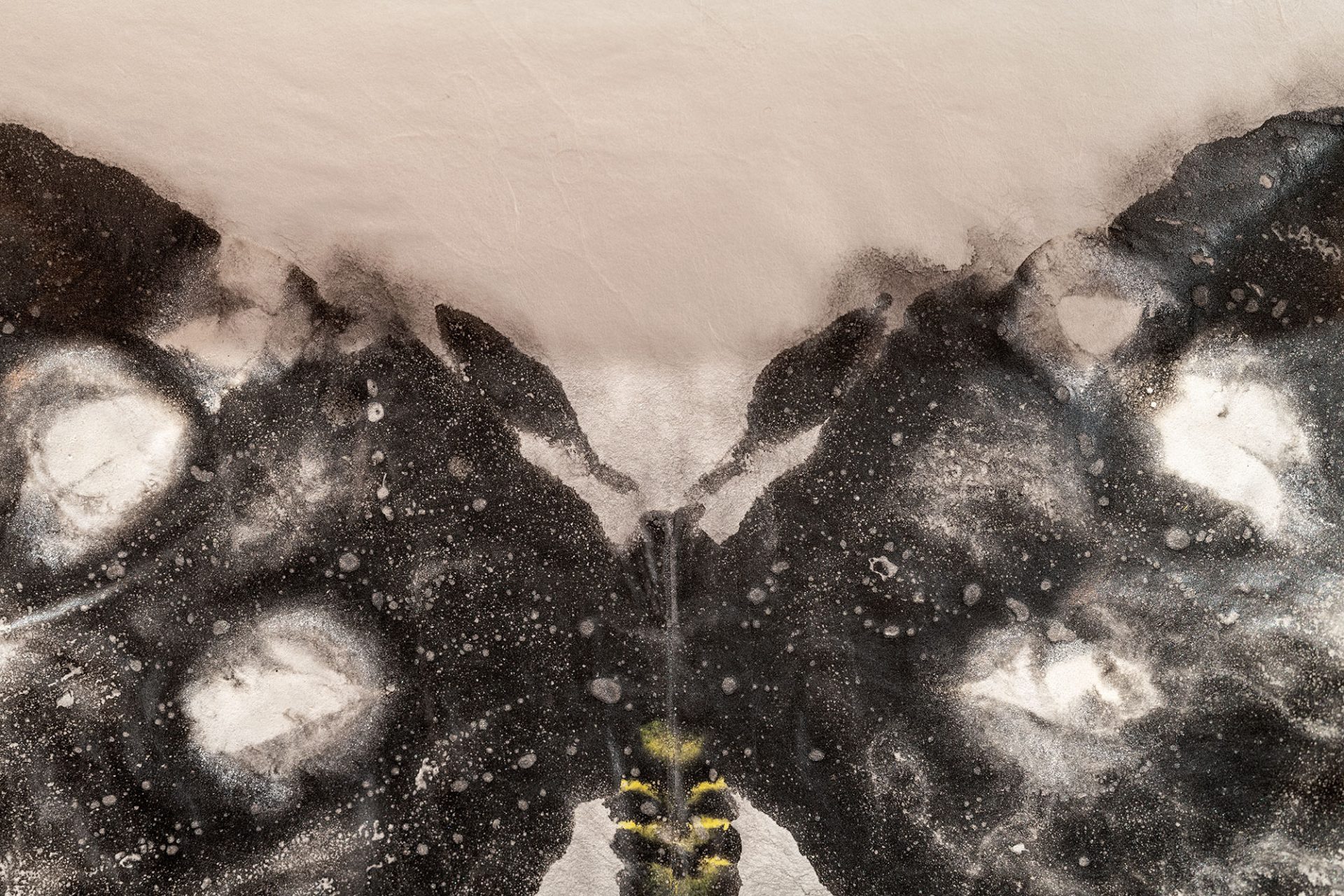
Emma Kitson, 'I te māra o te pō', 2022 - detail, Photo Credit Owen Spargo
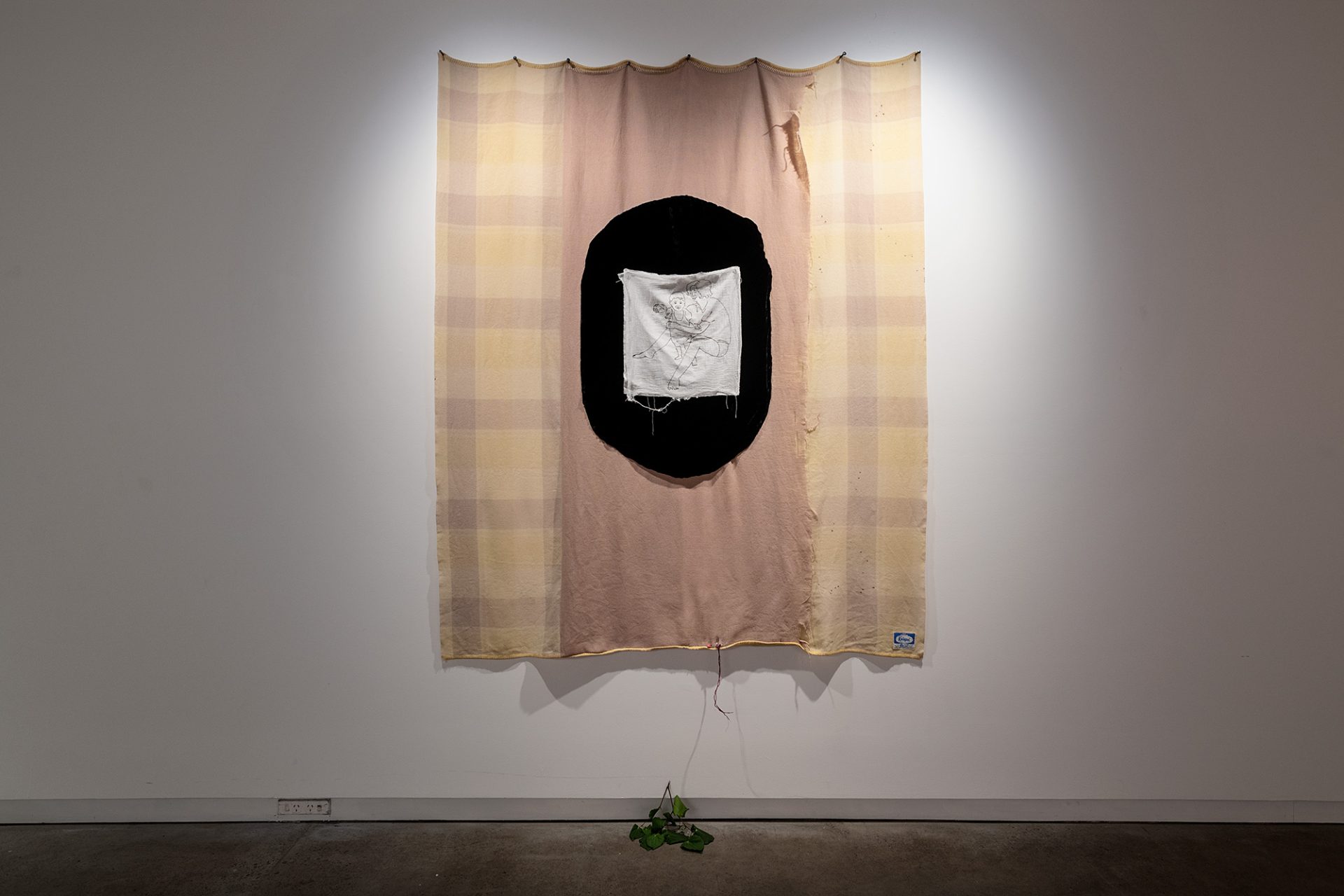
'He Aroha Whaerere / Safety Blanket', 2024, Photo Credit Owen Spargo
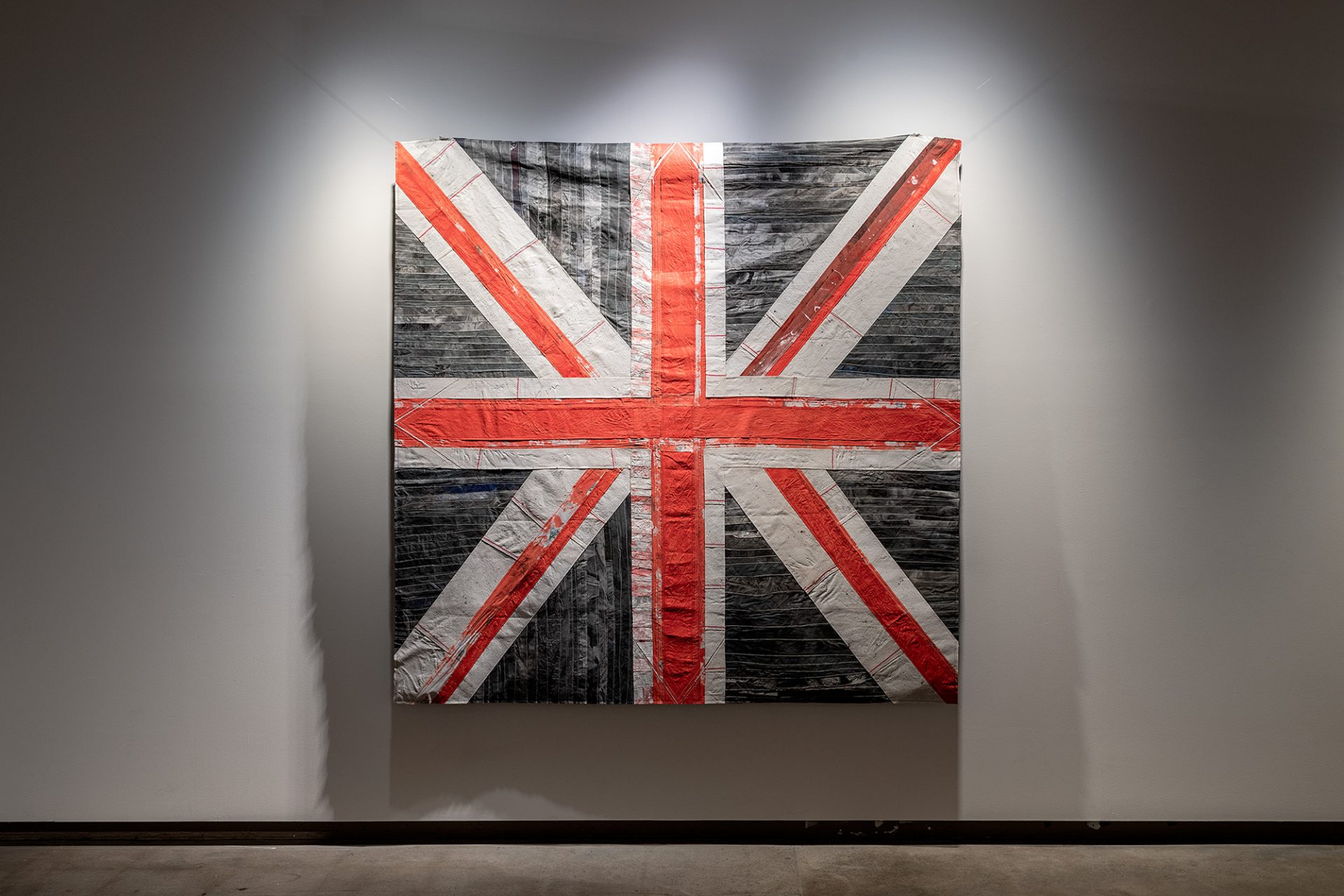
Caitlin Rose Donnelly 'Ōritetanga', 2022 Photo Credit Owen Spargo
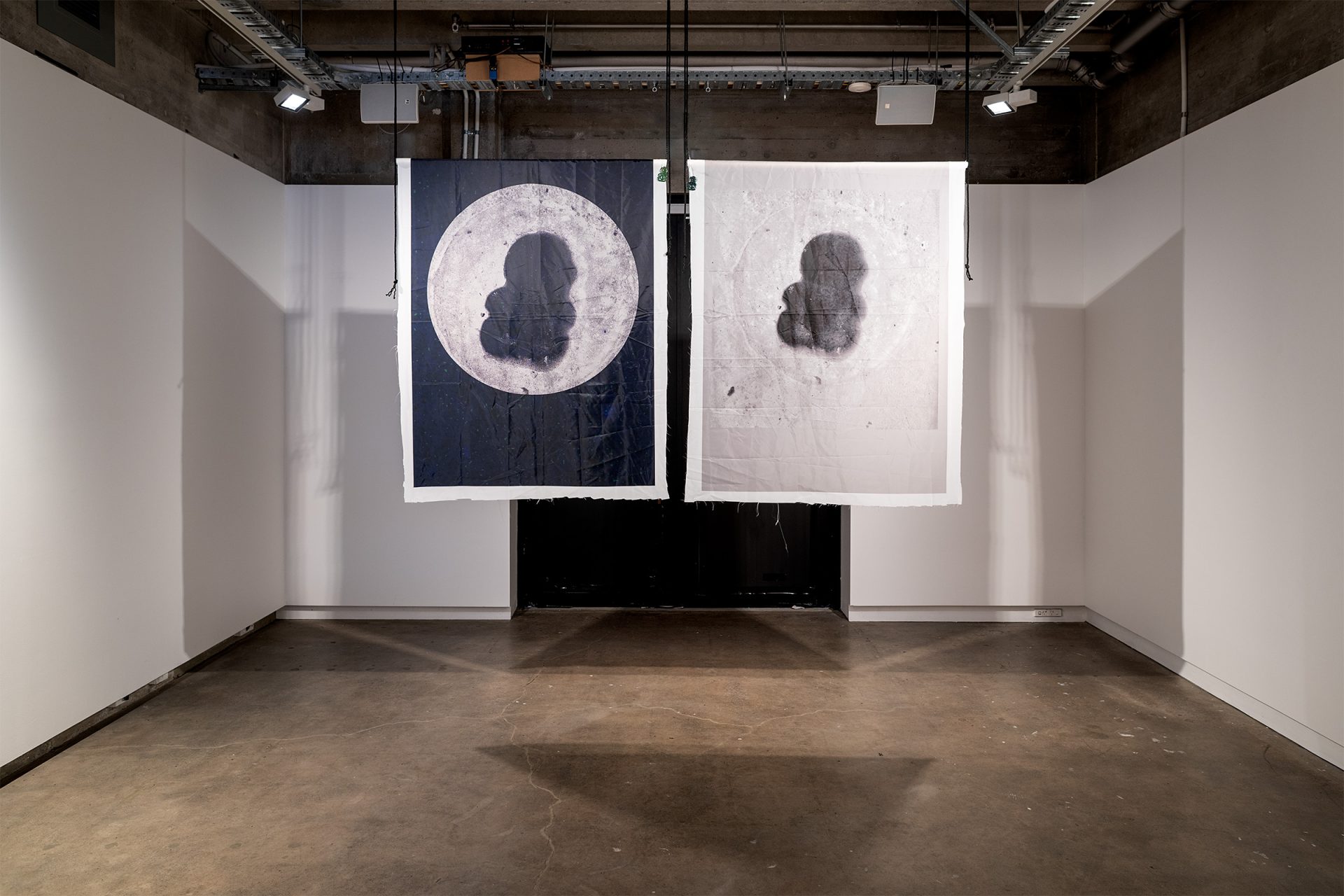
Piupiu Maya Turei, 'Rangimārie', 2024 and 'Whakapono', 2024, Photo Credit Owen Spargo
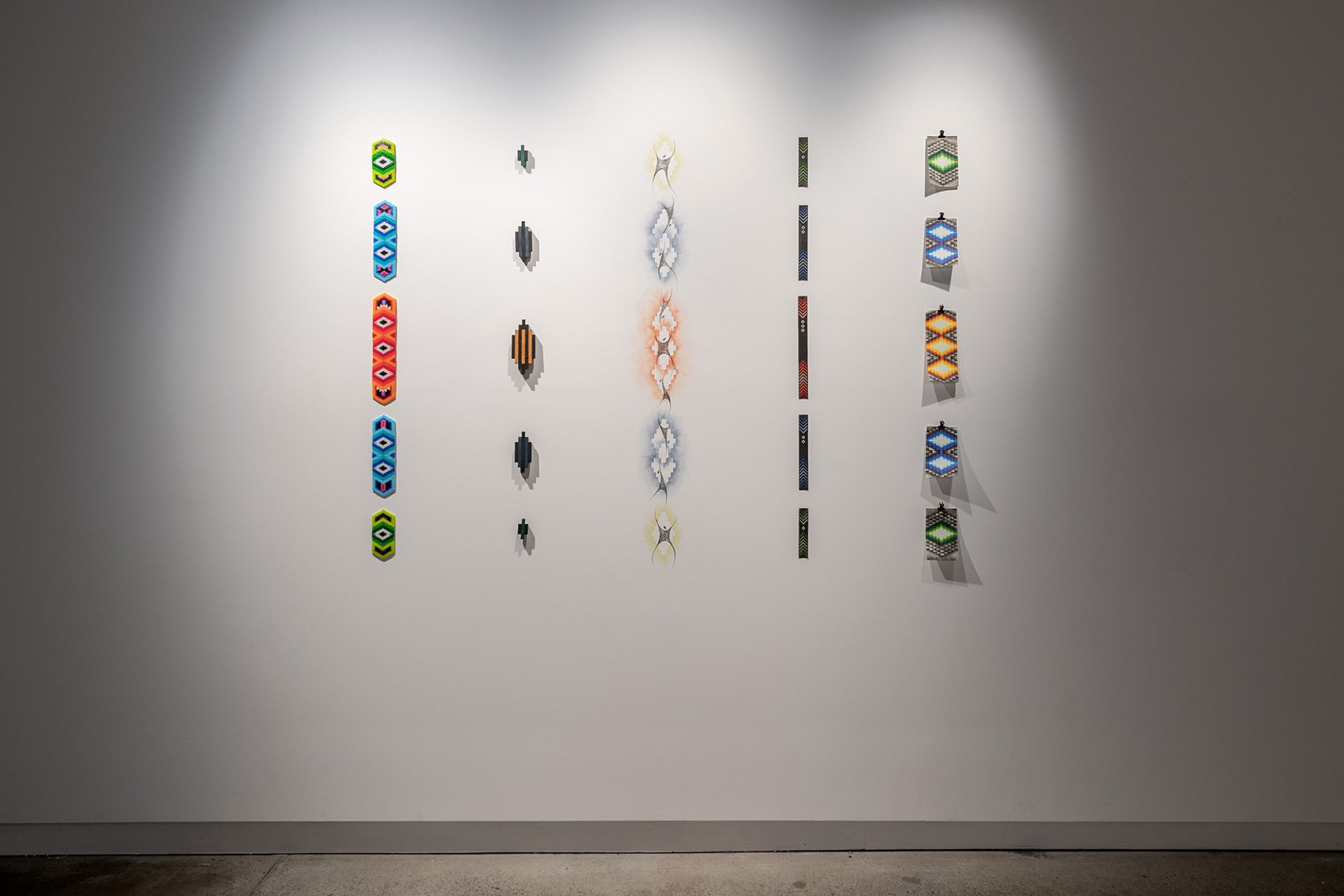
Alix Ashworth, 'Kōrero mai- How do we tell our kids the work is burning?', 2024, Photo Credit Owen Spargo

'Kia ora Whaea', Installation view, Photo credit Owen Spargo
The Artists
Alix Ashworth – Ōtautahi
Alix Ashworth (Kāi Tahu, Kāti Māmoe, Waitaha) is a multimedia artist based in Ōtautahi. Their art practice discusses identity and belonging, focusing on strong narratives and using personal reflection to influence their creative process. After studying Fine Arts at Canterbury University, they gathered a range of craft skills to enable the creation of works that celebrate indigenous and non-indigenous handwork. Their primary material is uku (clay), contrasting this hard media with soft hand-stitched or hand-woven textiles. It is important to their art practice that the majority of the work and materials are handmade; for example, wool that is used will be carded and hand-spun by the artist before being woven into cloth. Part of their creative process is celebrating the knowledge and tools their Tīpuna used to thrive in this rugged terrain. Recently they have had the privilege of being mentored by Rangi Kipa, joining together with Ngā Kaihanga Uku, the opportunity to wānanga with Kauae Raro as well as showing with Paemanu at their Tauraka Toi exhibition in Ōtepoti. Sharing the joy of indigenous excellence with their peers, they bring these connections together in a range of mediums.
@alix.ashworth
Caitlin Rose Donnelly – Southland
Caitlin Rose Donnelly (Kāi Tahu, Kāti Māmoe, Pākehā) is a multidisciplinary artist based in rural Southland with her husband and two children. Her practice analyses being Māori, an adoptee, a mother, and a woman in traditionally male spaces. The whakataukī Ka mua, ka muri, meaning we must look to the past to inform the future, centres her whakaaro and mahi toi. She works for Paemanu Ngāi Tahu Contemporary Visual Arts Charitable Trust, Blue Oyster Art Project Space and her husband’s farming business. She holds a Master of Fine Arts from Dunedin School of Art.
@caitlin_rose_d_art
Emma Kitson – Te Whanganui-a-Tara
Emma Kitson (Kāi Tahu, Kāti Māmoe, Waitaha) is an artist, designer and curator who resides in Whanganui-a-Tara Wellington. Her whakapapa traces its roots to Whenua Hou, the first planned bicultural settlement at the southern end of Te Waipounamu. Kitson regularly exhibited at the Blue Oyster Art Project Space throughout the late 1990s and graduated from the Dunedin School of Art in 1996. Kitson then worked at Otago Museum, leading to employment at many museums and art galleries in New Zealand and Australia. After studying Industrial Design at Massey University in the early 2000s, she focused mainly on her design work. Becoming a mother in 2012 was a catalyst for Kitson to return to making art; she found printmaking to be the most accessible option. Joining Paemanu Ngāi Tahu Contemporary Visual Arts Collective in 2014, she has contributed to their major exhibitions at CoCA and Dunedin Public Art Gallery.
@lesserknownnative
Kate Stevens West – Te Awakairangi ki Ta
Kate Stevens West (Kāi Tahu, Pākehā) is a painter whose mahi toi focuses on family, connections, needs, emotions, and intergenerational secrets and stories. Recent work explores Kāi Tahutaka working with historical research and traditional paints and pigments. Her painting celebrates the lives and work of women. Stevens West lives in Te Awakairangi ki Tai Lower Hutt with her partner and four young children.
@katestevenswest
Piupiu Maya Turei – Ōtepoti
Piupiu Maya Turei (Wairarapa Moana, Te Ātihaunui-a-Pāpārangi) is an artist and curator living in Ōtepoti. Her mahi toi connects itself to the wellspring of whakapapa within her, seeking to make artwork (mainly digitally altered photography and installation) that she hopes her aunties love. Piupiu is the founder and current facilitator of Tini Whetū Project Space, an experimental artist-run gallery that resides within Evening Books, 474 Princes Street, Ōtepoti.
@kaoretama
Vicki Lenihan – Ōtepoti
Vicki Lenihan (Waitaha, Kāti Māmoe, Ngāi Tahu) is an Ōtepoti Dunedin-based multimedia artist whose practice centres on sustainability, celebrating identity interwoven with our unique and irreplaceable environment, and highlighting issues connected to self-determination and hauora. She is also a writer, an educator, a museum professional, a regular broadcaster, an arts advisor and an event producer.
Recent exhibitions include Huikaau – where currents meet at the Dunedin Public Art Gallery; Te Mahi Peita at Tini Whetū Project Space; Whenua at Nelson Jewellery Week; Te riroka mai, he kaitaoka! and Ōtepoti Stor(i)es at Blue Oyster Art Project Space; Tū atu, tū mai – he karaka manu ki kā manuhiri for the Dunedin Dream Brokerage and Dunedin City Council Platform Project; Paemanu: Tauraka Toi – A Landing Place at the Dunedin Public Art Gallery, and Kā Paroro o Haumumu: Coastal Flows, Coastal Excursions at The 10th Asia Pacific Triennial of Contemporary Art, Queensland Art Gallery | Gallery of Modern Art. Recent publications include the self-published Whenua, Ko Hikaroroa Te Mauka! for Kāti Huirapa Rūnaka ki Puketeraki and the Ministry of Education, and Te Mahere o Sarah Hudson for Blue Oyster.
@brownieguide
Exhibition details
Click here to view exhibition floor sheet.

